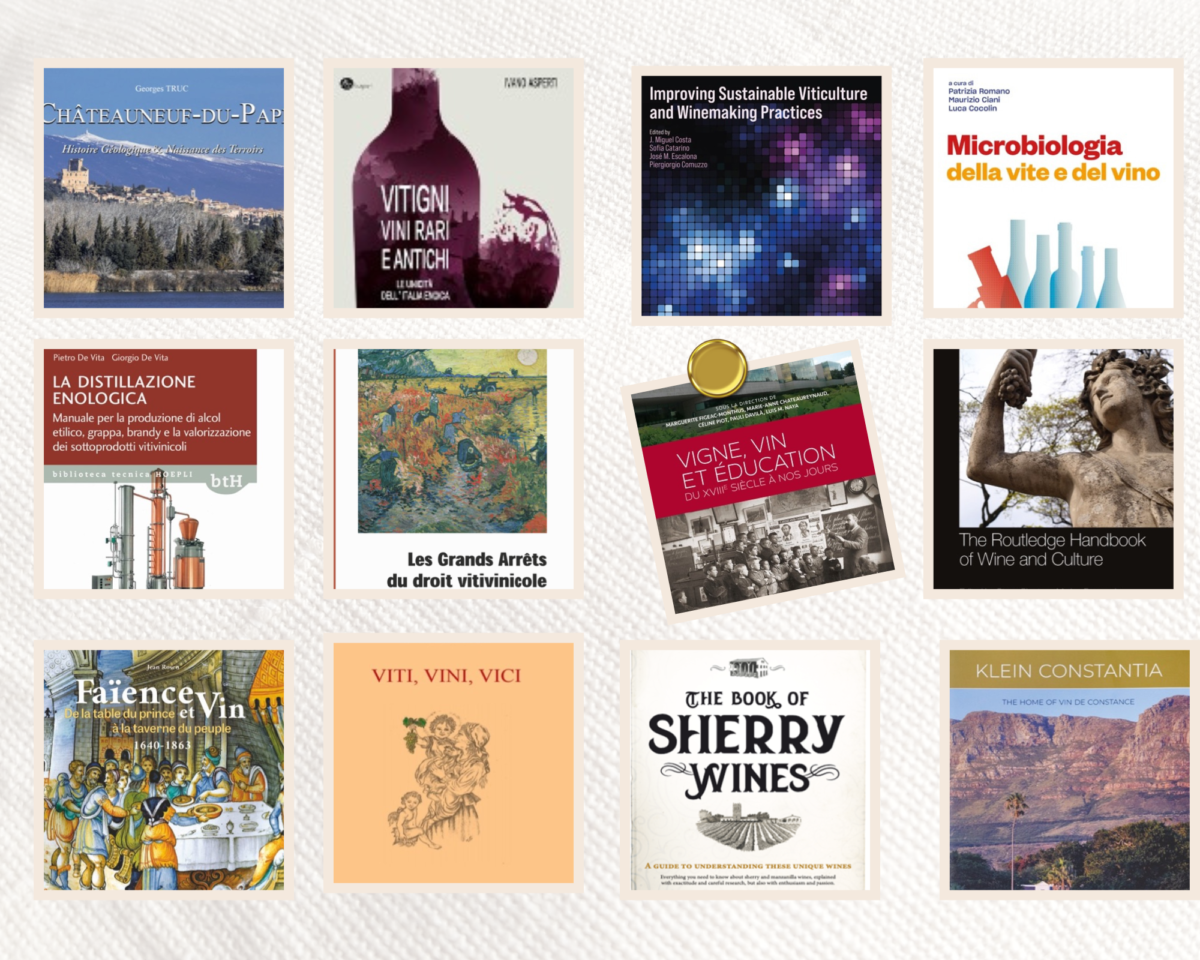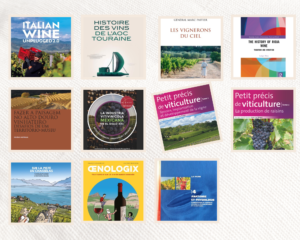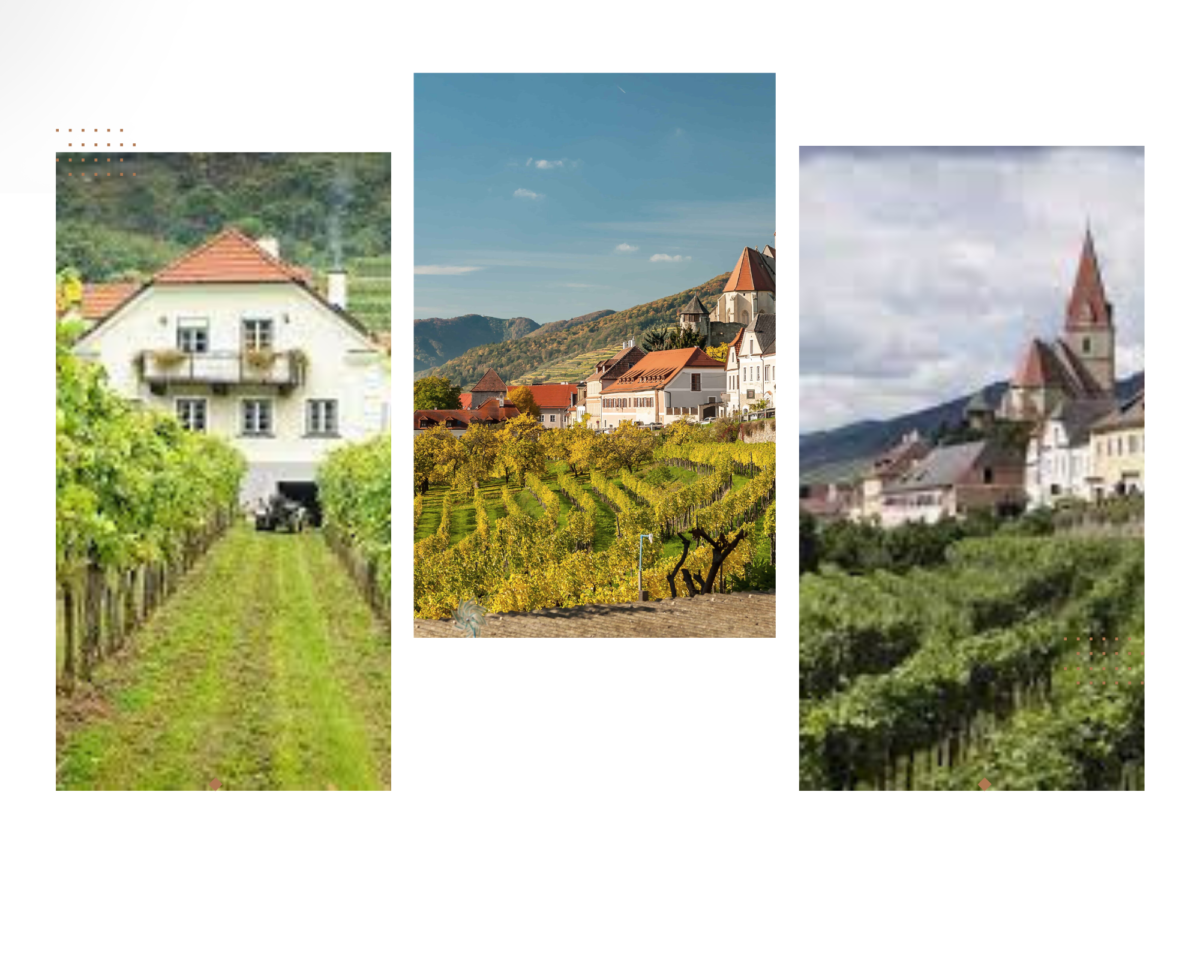I’m so thrilled to have been invited as a guest speaker at the upcoming 7th UNWTO Global Conference on Wine Tourism!!
The topics for the 7th Edition include “Inclusive, Sustainable and Digital Wine Tourism: Building Stronger Territorial Cohesion”
This yearly conference has become a leading international forum on trends, tools and opportunities to advance global wine tourism. It also provides opportunities for experts and professionals, as well as consolidated and emerging destinations in this tourism segment to exchange knowledge and experiences.
Since 2016, the Conference has highlighted the importance of wine tourism to the socio-economic development of destinations and has served as a platform to exchange experiences, identify good practices and promote wine tourism as a tool for sustainable development.
The 7th UNWTO Global Conference on Wine Tourism will be held November 22 – 24 in Logroño, Spain. Participants include government officials from international and national tourism administrations and organizations, regional and local authorities, international and national destination marketing organizations, UNWTO affiliate members, private sector representatives, wine estates, infrastructure providers and international academia.
I believe everyone in the wine tourism industry can certainly attest to Massimo Garavaglia, Italian Minister of Tourism, statement at last year’s conference, in Alba Italy: “Wine tourism is much more than just selling wine, which clearly is important. When you sell a bottle of wine, you are selling the territory behind that bottle, the culture of that territory, the history of the men (and women) who designed these landscapes with the rows of vines.”
I have the extreme privilege of sharing insights on the topic of:
Unlocking the Benefits of Digitalization
Digital transformation can revolutionize and enhance wine tourism experiences, provide data and insights, optimize marketing strategies, and foster sustainable growth.
Conference Link: https://www.unwto.org/7-UNWTO-Global-Conference-Wine-Tourism
Hope to see you there!
Liz Palmer

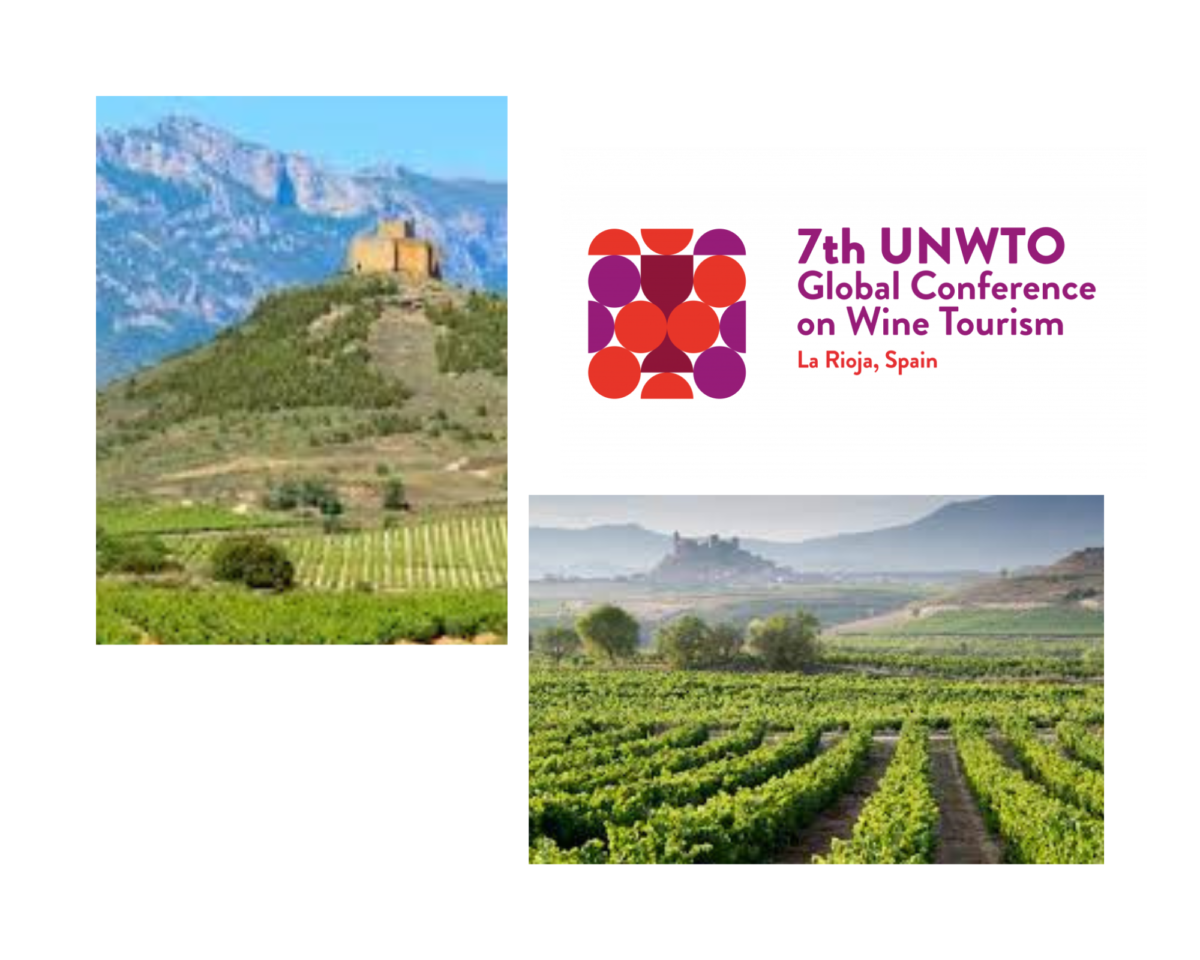
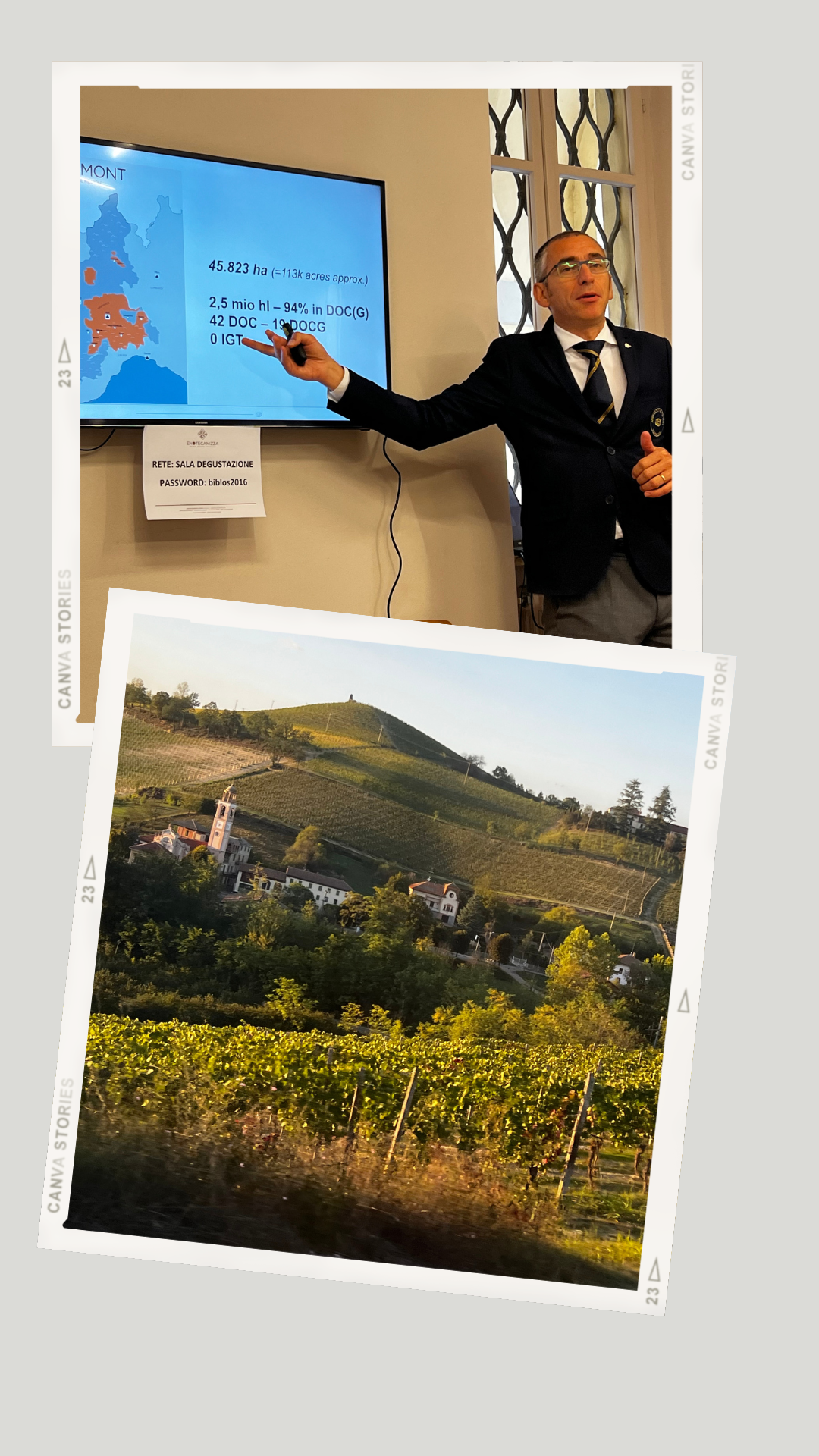
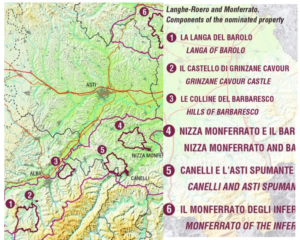
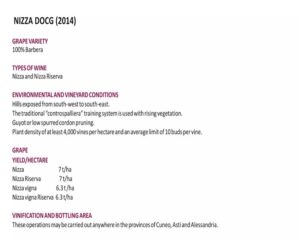
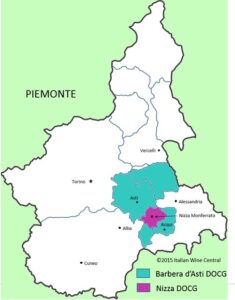 Wines of Barbera d’Asti & Monferrato
Wines of Barbera d’Asti & Monferrato